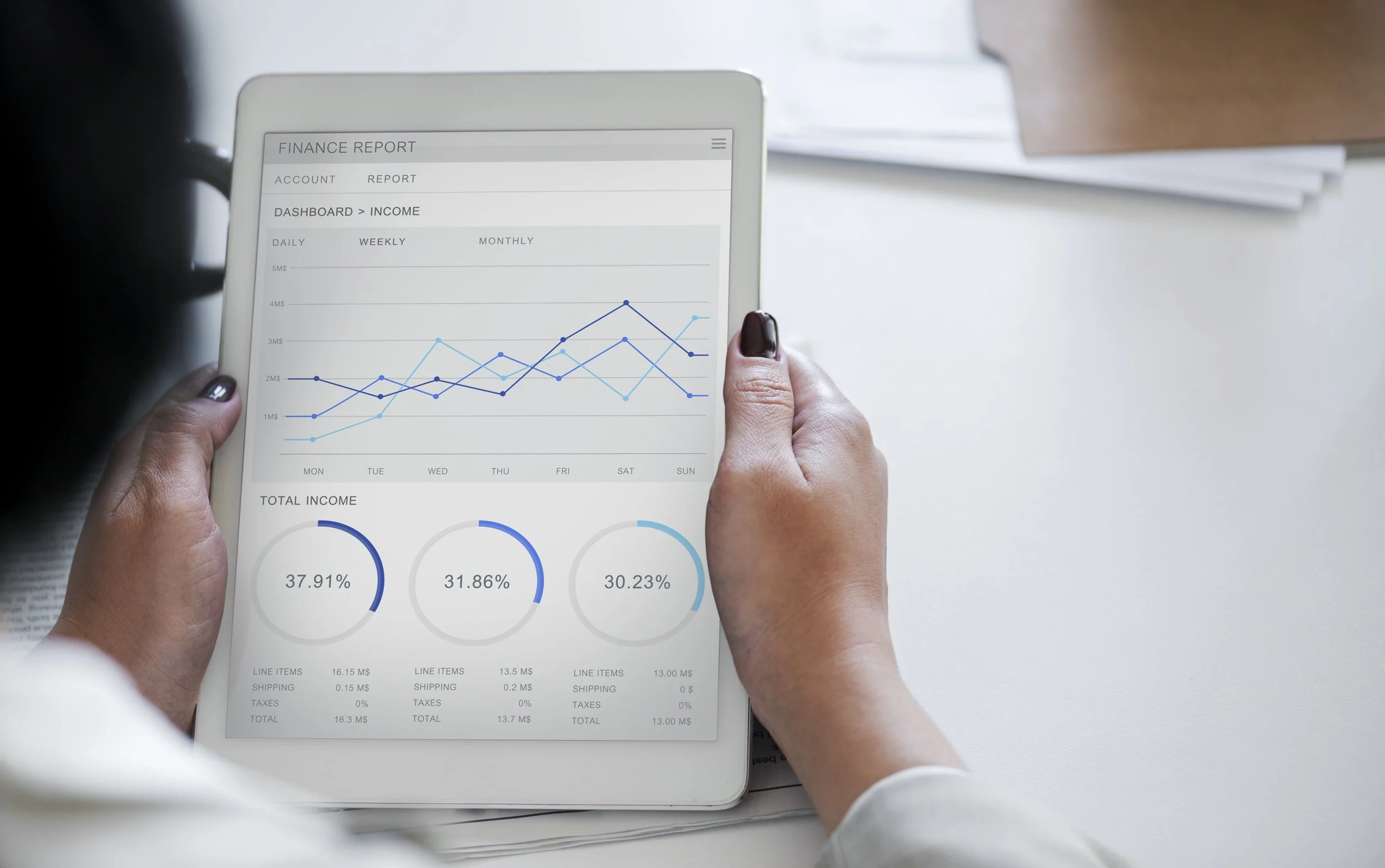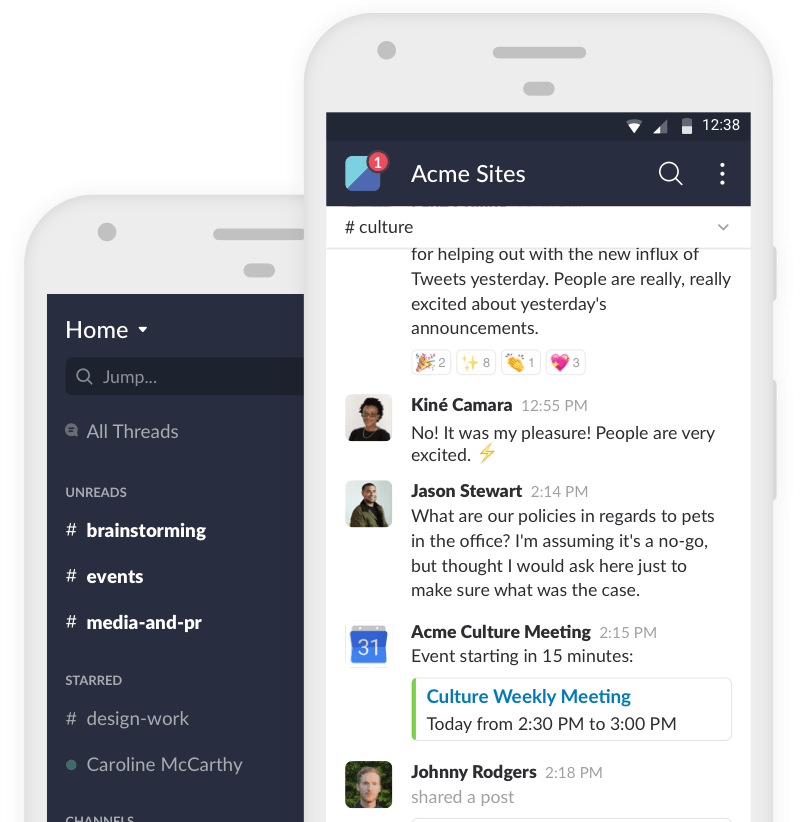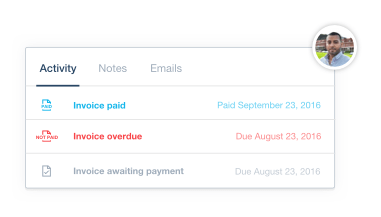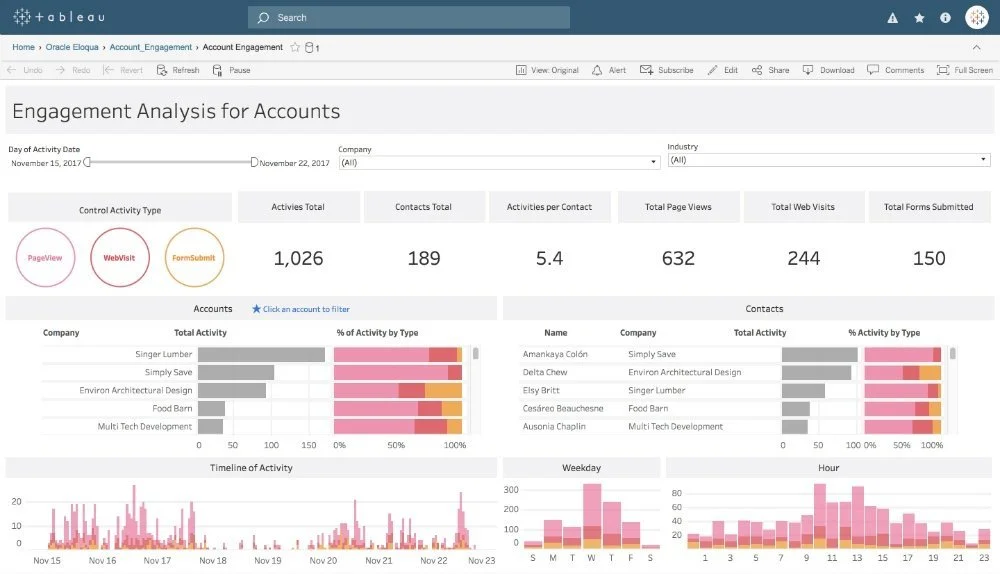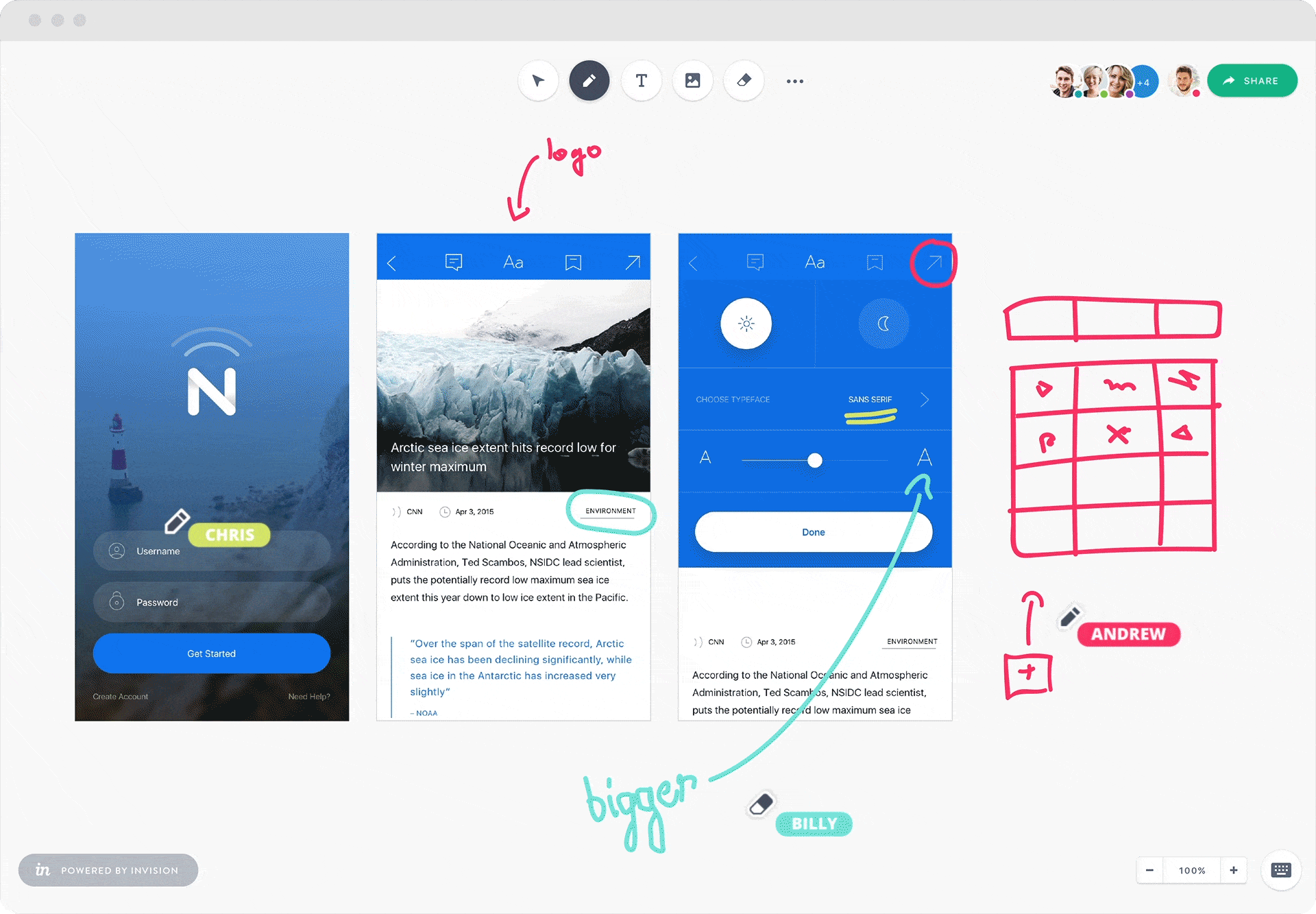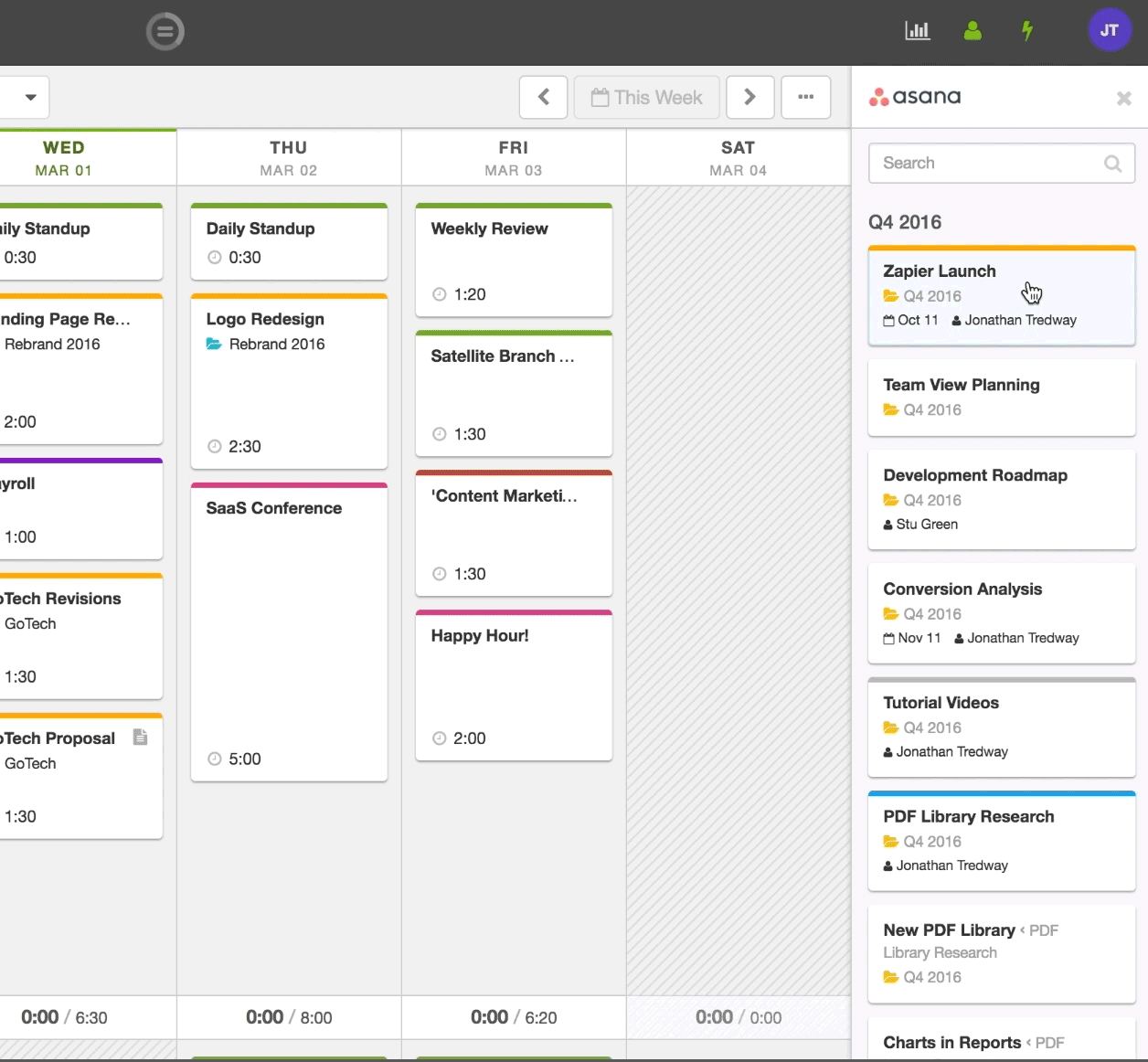How apps can help your business
Examples of apps that help your business through increased employee engagement
Applications can be used to increase efficiency and engagement from your employees leading to more accurate, consistent data as well as increased employee satisfaction.
Overview:
Apps can be used exclusively internally
Using apps for automation, cloud based software, collaboration and tracking time
Gamification for workplace satisfaction and efficiency
Apps are not just external
Generally when you think of apps you think of them being used for customers or the general consumer, however apps have just as much effect internally than externally. In a world going paperless, employees need an automatic platform to perform duties in an efficient manner. Having a way to free up time from mundane tasks that can be automated allows them to focus on more important and strategic goals.
While external apps have goals such as reach and sales, internal apps focus on employee engagement and efficiency. Applications are simply a platform which holds potential for many versatile functions to suit any business need.
Mobile applications
Often tasks are needed to be completed on the go and, without a way to perform this, they may get forgotten or pushed back. A mobile app can help with on-the-go tasks. A great example of this would be Slack which is a communication platform for staff members. If you need to communicate a message quickly, send documents or resolve an issue, it allows you to do so from any location at any time.
Often web apps can be migrated into mobile apps with the major differentiation being the accessibility of the app for being on the go.
Web applications
There are a few great advantages to this but I’ll just go through some of the main ones.
1. Simple automation
Many web applications let tasks automatically be performed by the software, which leaves no room for human error and is far faster. An example of this would be Expense Check which is an add-on to Xero accounting software which automatically collects bills from your Gmail or Xero account and collates data from that to provide you with information on the best supplier providers. Whether it’s automating bills, social media analytics, blog posts or anything else, there’s an app for that – if not, we’ll make you one!
2. Cloud based storage
Having all data stored in the cloud or even on remote servers allows accurate data entry that can be retrieved quickly. This means analyses of work metrics are precise and therefore help to increase efficiency. The collection of data that has been inputted into your app will feed through giving you better insights into your business.
Adding onto this is analytics which can be gained from applications more easily and accurately than from any paper-based system. Transform big data into visualisations automatically with applications such as Xero, or do it yourself to find specific information and trends using Tableau which is a data visualisation application that’s user-friendly enough to be used by anyone. With the ability to instantly extract data and see sales statistics and business processes, you can identify pain points within a fraction of the time it would take to do it all manually and therefore act faster and more accurately.
3. Collaboration
There are many collaboration tools that have been developed as applications for both mobile and web. The standard ones such as Google Docs, Google Sheets and Google Drive let multiple users edit information at the same time and see all updates in real time. Collaboration allows multiple people to work on the same thing at the same time which produces a greater variety of results and better ideas.
Other examples of applications that allow for live-collaboration include:
a. Invision: Prototyping tool that allows collaborative design where clients can comment on photos in real time
b. Padlet: Ideas can be formed and put together through a platform that allows multiple users to upload text, images, videos, etc. in a brainstorm onto the same page and comment on all of these.
4. Time tracking
A fantastic example of this would be Hour Stack which allows employees to track the activities they do and the time it takes to be able to best manage their workload. The employee has the freedom to set themselves tasks and self manage their time. It also allows employers to see what tasks consume the most time of their employees and make businesses decisions based off that such as: their employee is spending too much time on this task and whether the issue lies with the task or the employee?
Gamification
So there are some examples of the types of apps you might want in your business. But if you’re looking to make your own app or look for something really effective, you have to think outside the box. Gamification is a new area of study which talks about taking tasks you do everyday and making them fun. This increases engagement and motivation of the users. In the workforce, this means users will learn the application faster, enjoy it more and be more productive with their time.
New to gamification? Learn about what gamification is.
Examples of internal Gamification
1. HeyTaco
This is an application that can be integrated into chat systems such as Slack to increase team members’ morale and productivity. Team members award each other ‘tacos’ as a way to show gratitude. When a certain amount of tacos is accumulated, the team member can then spent those tacos on a reward set by the employer.
2. Cisco employees used gamification to increase social media skills
Cisco created a challenge for their employees to increase their skills in social media by allocating 3 levels of certification: specialist, strategist and master. Note how none of these sound negative, making each milestone significant in its own way.
pull quote Employees are engaged through consistent reminders that the end goal is something doable by achieving smaller (milestone) goals.
This is part of the Self Determination Theory’s aspect “competence” which describes that one of the three keys to user engagement is ensuring the user believes they can actually achieve the final outcome (Ryan and Deci 2000).
3. U.S. Army
But it’s not just tech companies that use gamified apps. The US Army gamified their recruitment process for potential candidates to play a ‘first person shooter’ type simulation which not only raises awareness about the army but also acts as an initiation test.
Conclusion
Internal applications increase engagement which in turn increase efficiency, accuracy and consistency amongst employees.
References
America’s Army(2017).America's Army. Retrieved from https://www.americasarmy.com
Chou, Y.(2017).Octalysis – the complete Gamification framework. Retrieved from http://yukaichou.com
Expense Check(2018).Expense Check. Retrieved from https://www.expensecheck.com.au
Hey Taco(2018).How It Works. Retrieved from https://www.heytaco.chat
Invision(2018).Invision. Retrieved from http://www.invisionapp.com
Lau, L.(2014, February 5).How Cisco Drives Social Media Training with Gamification. Retrieved from http://www.gamification.co
Padlet(2018).Padlet. Retrieved from https://padlet.com
Ryan, R. M. and E. L. Deci(2000).Self-determination theory and the facilitation of intrinsic motivation, social development, and well-being. American psychologist. 55(1), 68.
Tableau(2018).Tableau. Retrieved from https://www.tableau.com


